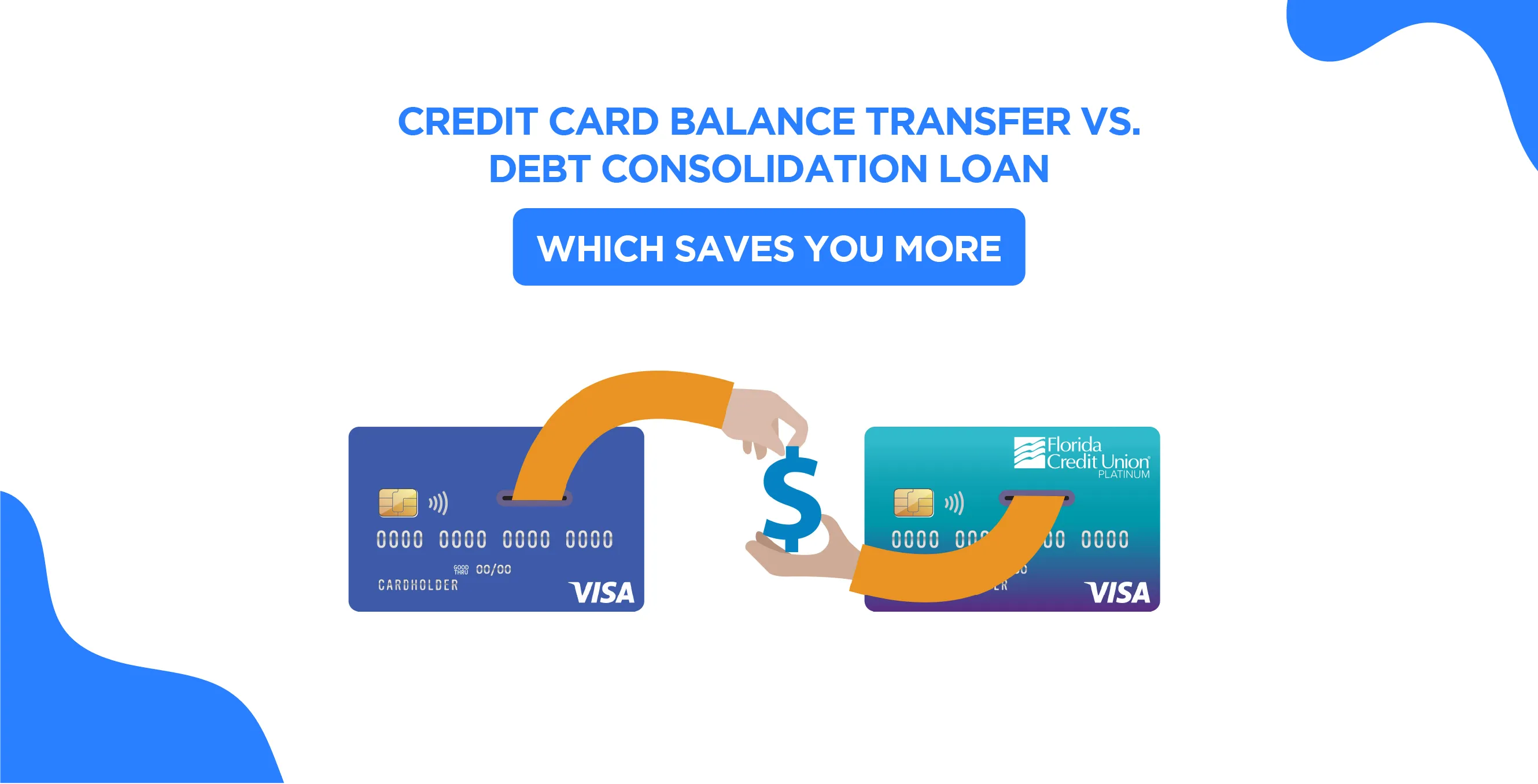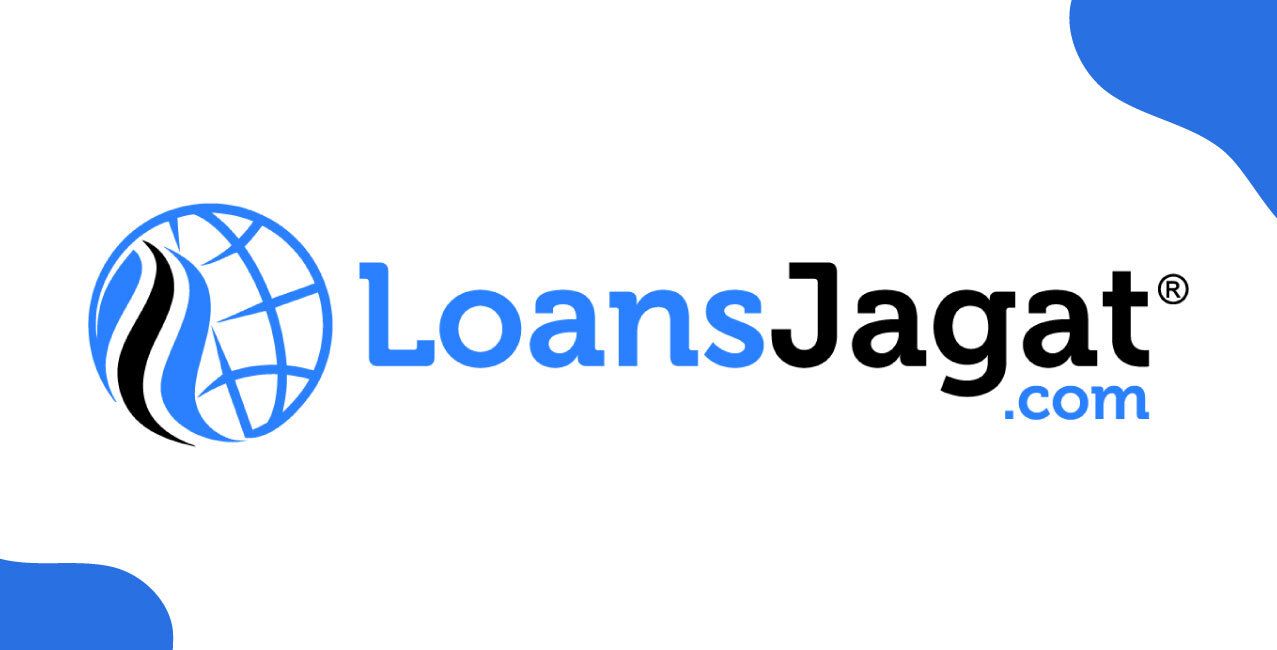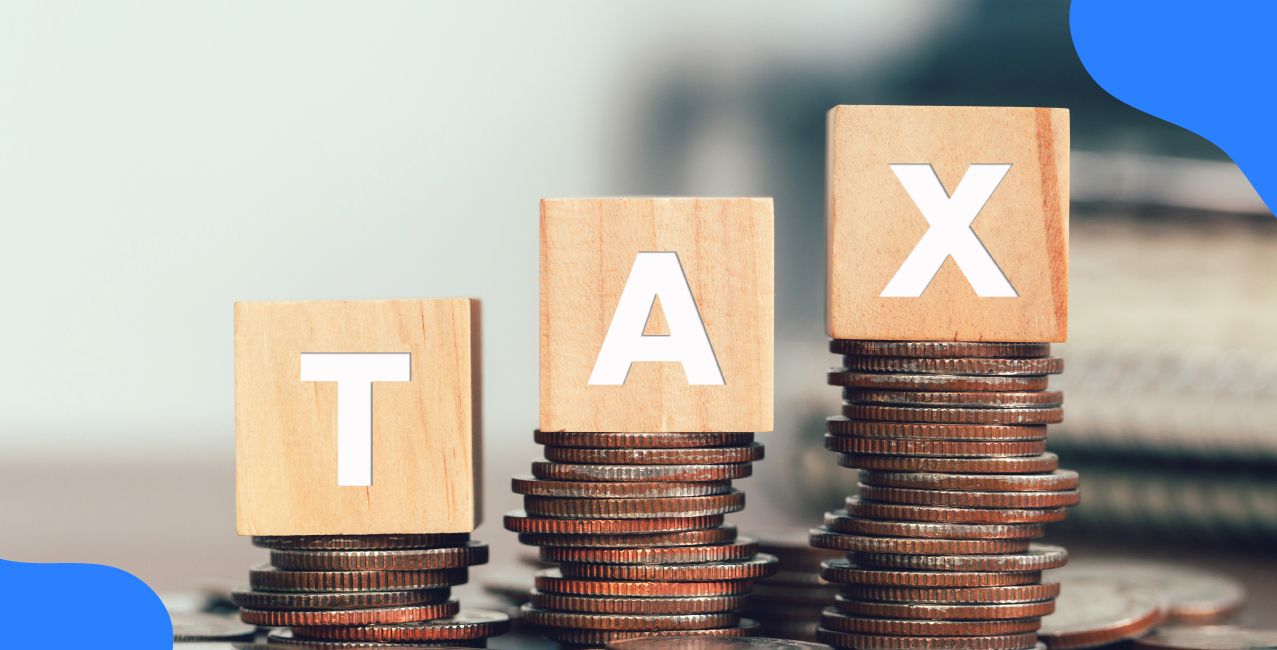
Author
LoansJagat Team
Read Time
13 Min
23 May 2025
Credit Card Balance Transfer vs. Debt Consolidation Loan – Which Saves You More
“Paying off debt shouldn’t feel like a full-time job, but for many, it does.”
Just ask Nisha, a 28-year-old marketing executive from Pune. Between a ₹1,50,000 personal loan at 14% interest and a credit card bill touching ₹80,000 with a whopping 36% annual rate, her ₹55,000 monthly salary barely made it past the 10th of the month.
Add a ₹3,00,000 education loan at 11%, and her EMIs crossed ₹12,000—har mahine, paisa nikalta tha, lekin kabhi wapas nahi aata.
Much like that one character in every daily soap who’s always in crisis mode (looking at you, Anupamaa), Nisha was managing multiple payments, different due dates, and no breathing space.
She didn’t miss payments, but she definitely missed peace of mind.
That’s when she hit pause and looked at smarter options:
- Should she transfer her credit card balance to another card offering 0% interest for 6 months?
- Or should she take a debt consolidation loan at 11.5% to wrap up all her liabilities into one EMI?
As a financially responsible individual, you might find yourself at the same crossroads.
In this post, we break down two real options—credit card balance transfers and debt consolidation loans—so you can see the real numbers, real risks, and real rewards.
How much can you save? What’s the catch? What’s the real cost over 12, 24, or 36 months?
First up on her list: figuring out if a credit card balance transfer could ease the load.
What is a Credit Card Balance Transfer?
It’s like jumping from a crowded bus into a comfy AC car—more relaxed and, if done right, cheaper too!
A credit card balance transfer involves transferring your debt from a high-interest credit card to one with a lower (or even 0%) interest rate for a short period, typically 3 to 6 months.
For example, Nisha has ₹80,000 on her credit card at a jaw-dropping 36% interest. If she moves that balance to a new card offering 0% interest for 6 months, she can avoid paying around ₹28,800 in interest.
There’s a catch, though—she’ll pay a 2% processing fee (around ₹1,600).
Read More – Pros and Cons of Using a Personal Loan for Debt Consolidation
Even with that fee, the savings on interest are huge!
Quick Facts:
- Interest rates can go as low as 0% for 3 to 6 months.
- Processing fees range between 1% and 3%.
- Offered by most major banks, like HDFC, ICICI, SBI, Axis, and Kotak.
It’s a great way to lighten the load for a few months, but it’s not a permanent fix.
Breaking Down Debt Consolidation Loans
Think of a debt consolidation loan like ghar ka dahi—simple, reliable, and meant to stick around for the long haul.
Debt consolidation combines your several outstanding debts into a new loan with a single monthly payment and a reduced interest rate to help you lower your financial stress.
For example, Nisha had credit card debt, a personal loan, and an education loan, all with different interest rates and EMIs. Let’s see how her situation looked before and after consolidating her debts:
Before Debt Consolidation:
Debt Type | Amount | Interest Rate | EMI | Tenure |
Credit Card Bills | ₹80,000 | 36% | ₹4,724 | 2 years |
Personal Loan | ₹1,50,000 | 14% | ₹3,490 | 5 years |
Education Loan | ₹2,00,000 | 11% | ₹4,348 | 5 years |
Total | ₹4,30,000 | Varied | ₹12,562 | - |
Total EMIs: ₹12,562 per month (with different due dates and interest rates).
After Debt Consolidation:
Debt Type | Amount | Interest Rate | EMI | Tenure |
Debt Consolidation Loan | ₹4,30,000 | 11.5% (fixed) | ₹9,457 | 5 years |
Total EMI: ₹9,457 per month (one EMI with a fixed interest rate, simplifying her payments).
Now that we've broken down the debt consolidation loan, let's see how it differs from credit card balance transfers.
We’ll compare the key factors to help you decide which option might work best for your situation!
"Balance Transfer vs. Loan Showdown: EMI Ka Dangal!"
Once Nisha listed out her options, it was like choosing between two reality show finalists—both promising, both risky in their own ways.
Now the big question: which option actually makes more sense?
Feature | Credit Card Balance Transfer | Debt Consolidation Loan |
Interest Rate | 0% to 3% (for 3 to 6 months), then jumps to 18% to 24% | Fixed 10.5% to 18% (with no unexpected rate hikes) |
Tenure | Short-term: 3 to 6 months | Long-term: 1 to 5 years |
Monthly Payment | Varies. Low at first, can spike later | Fixed EMI for peace of mind |
Processing Fee | 1% to 3% (based on card issuer) | 1% to 2% (depends on the lender) |
Best For | Short-term relief, smaller debts | Large, multiple loans |
For example, let’s say Nisha moved her ₹80,000 credit card bill to a new card offering 0% for 6 months. She could save big—₹12,000+ in interest—if she pays the full amount before the offer ends. But if not, the rate jumps to 24%, and she’s back to square one.
On the other hand, with a debt consolidation loan of ₹4,30,000 at 11.5% for 5 years, her EMI is ₹9,457—down from ₹12,562—and all her loans are wrapped into one.
Also Read - The Truth About 0% Interest Balance Transfers
EMI vs. Credit Card Minimum Payment: Kaun Kitna Bhaari?
Ever thought about how those minimum payments on your credit card seem like an easy way out? Just pay 5% of the total due, and you’re good to go.
Simple, right? But hold on… the catch is you keep getting charged interest on the remaining balance.
Imagine paying rent every month and still never owning the house—sounds frustrating, right?
Let’s take Nisha as an example:
- Her total credit card bill = ₹80,000
- Minimum payment (5%) = ₹4,000
But her interest rate is 36% annually.
So, if Nisha only makes the minimum payment every month, her outstanding balance won’t decrease much, and she’ll end up paying even more in interest.
But what if Nisha took a debt consolidation loan to wrap all her debts into one structured EMI?
Let’s look at both options to see what happens in the real world:
Credit Card Minimum Payment Breakdown:
Debt Type | Total Due | Minimum Payment (5%) | Interest Charged (36% annually) | EMI Duration (if only minimum paid) |
Credit Card Bill | ₹80,000 | ₹4,000 | ₹2,400 (monthly interest) | 10+ years (or longer, depending on payments) |
Nisha’s monthly payment doesn’t reduce the actual debt much. The balance stays high, and the interest keeps adding up.
Debt Consolidation Loan Breakdown:
Now, if Nisha decided to consolidate her ₹4,30,000 total debt into one debt consolidation loan at an 11.5% rate with a 5-year tenure, here's how her repayment would look:
Debt Type | Amount | Interest Rate | EMI | Tenure | Total Interest Paid |
Debt Consolidation Loan | ₹4,30,000 | 11.5% (fixed) | ₹9,457 | 5 years | ₹1,18,420 |
In this case, Nisha would pay ₹9,457 per month, but it’s a fixed amount with no surprises—no high interest rates keeping her trapped like in the credit card example.
So, what's the verdict?
- Credit Card Minimum Payment: Looks easy, but the balance doesn’t really go down quickly. You pay tonnes in interest over time. It’s like getting stuck in a cycle with no end.
- Debt Consolidation Loan: Fixed, manageable payments that reduce your total debt steadily. No hidden interest spikes. More predictable, with a clear path to becoming debt-free.
Hidden Charges Ka Sach: Don’t Let the Fine Print Fool You
Do you know how sometimes the best deals sound too good to be true? When it comes to debt relief options, there’s usually a hidden catch. It’s often in the form of extra charges you don’t see upfront.
Hidden charges you should know:
Balance Transfer Fees: Banks charge a 1% to 3% fee on the amount you transfer. For example, if Nisha is shifting her ₹1,50,000 credit card debt to a new card, she could end up paying anywhere from ₹1,500 to ₹4,500 in fees.
Prepayment Charges (on loans): If Nisha decides to pay off her ₹4,30,000 debt consolidation loan early, she’ll face a 2% prepayment fee, which means an extra ₹8,600 if she clears it ahead of schedule.
Late Payment Fees: Miss a payment, and you could be slapped with a fee of anywhere between ₹500 and ₹1,000. Nisha’s credit card, for example, charges a ₹750 late fee if she misses the due date.
GST: On processing fees and interest, you’ll pay an 18% GST. If Nisha pays ₹3,000 in processing fees for her debt consolidation loan, that means an additional ₹540 in GST.
Expert Advice: Always read the fine print. What looks like a simple, zero-cost solution could end up costing you more thanks to these hidden charges.
Which Option Is Better for Your Credit Score?
Your credit score plays a big role in how easily you can get loans in the future. Here’s a simple breakdown of how different credit score ranges could impact the two options:
Credit Score Range | Impact | Balance Transfer Outcome | Debt Consolidation Outcome |
750–850 (Excellent) | Best rates and easiest approvals | Easy approval, best terms | Loan terms will be favourable, with low rates |
700–749 (Good) | Good rates and approval chances | Good approval chances, low interest rates | Generally favourable approval and terms |
650–699 (Fair) | Higher rates, but still possible to get loans | Might face higher interest, but still possible | Loan approval may be harder, with higher rates |
600–649 (Poor) | Higher rates, tougher to get loans | May struggle with approval or face higher fees | Consolidation loan is harder to secure |
Below 600 (Bad) | Likely to be rejected or face extremely high rates | Likely to be rejected for a balance transfer | Loan approval is tough; very high rates |
When it comes to improving your credit score, both credit card balance transfers and debt consolidation loans can help. But the way you handle them is what truly makes the difference.
Balance Transfer:
Imagine Nisha has ₹70,000 in credit card debt at 36% interest. If she transfers this to a card offering 0% interest for 6 months, she has a chance to pay it off without adding extra interest.
If Nisha clears the debt within that period, she’ll likely see her credit score go up because she’s lowering the amount owed, and that’s a good sign for lenders.
Debt Consolidation Loan:
Nisha might also consider a ₹2,50,000 debt consolidation loan at 12% to merge her debts into one fixed EMI. This is a great option if she prefers structured monthly payments.
By consistently paying off her EMI, she can show lenders that she’s responsible, which would help her credit score improve over time.
“Loan Le Lo, Par Soch Samajh Ke!” — Expert Advice & Tips to Avoid Falling Back Into the Debt Trap
When managing debt, making the right choices is key. Here’s how to stay on track:
Expert Advice:
Understand Your Loan Terms:
- Always read the fine print before agreeing to a loan.
- Example: If Nisha had read the fine print on her previous loan, she could’ve avoided a penalty of ₹5,000 for early repayment, which she later had to pay.
Compare Your Options:
- Shop around for the best interest rates and loan offers.
- Example: Nisha compared a loan offer with an interest rate of 14% and found a better one at 11%. This saved her ₹3,000 monthly.
Be Cautious with ‘No-Cost’ EMIs:
- Understand that 'no-cost' EMIs often have hidden costs.
- Example: Nisha opted for a 'no-cost EMI' offer, only to realise the product was priced ₹4,000 higher than usual, costing her more in the long run.
Negotiate Processing Fees:
- Always ask if you can get lower processing fees.
- Example: Nisha negotiated a processing fee of ₹1,000 instead of ₹3,000, saving her ₹2,000 upfront.
Practical Tips to Stay Debt-Free:
Don’t Use Old Credit Cards After a Balance Transfer:
- Avoid using your old card once you’ve transferred the balance.
- Example: After transferring her ₹80,000 credit card debt to a lower-interest card, Nisha refrained from using the old card, saving her from accumulating ₹8,000 in new debt.
Set Up Auto-Debit for EMIs:
- Auto-debit ensures you never miss an EMI payment.
- Example: Nisha set up auto-debit for her ₹8,500 EMI, avoiding a ₹500 late fee and keeping her credit score intact.
Build an Emergency Fund:
- Save for unexpected expenses so you don’t need more debt.
- Example: Nisha started saving ₹5,000 a month for emergencies. After six months, she had a ₹30,000 cushion to cover an urgent car repair.
Track Your Expenses:
- Use an app to track your spending and avoid overspending.
- Example: Nisha used an app to track her expenses and noticed she was spending ₹4,000 a month on dining out, which she reduced by 30% to save ₹1,200 every month.
Final Thoughts
In conclusion, choosing between a credit card balance transfer and a debt consolidation loan depends on your debt situation. If you have a smaller debt and can repay it quickly, a balance transfer can save you a lot on interest.
But if you have multiple loans with varying interest rates, a debt consolidation loan offers a more structured, predictable path.
Ultimately, both options can help, but careful management is key to achieving long-term financial freedom without falling back into the debt trap.
FAQs
- Is a balance transfer good for long-term debt?
Not really. It’s designed for short-term relief. After the intro period, interest rates shoot up.
- Can I get a debt consolidation loan with a low credit score?
It’s tougher, but possible. NBFCs may offer loans at higher interest. Work on improving your credit score for better rates.
- Will my old credit card be closed after a balance transfer?
No, unless you request it. But it’s wise to avoid using it until you’re debt-free.
- Do these options affect my credit score immediately?
Yes, positively, if you repay regularly. But missing even one payment can hurt your score.
About the Author

LoansJagat Team
‘Simplify Finance for Everyone.’ This is the common goal of our team, as we try to explain any topic with relatable examples. From personal to business finance, managing EMIs to becoming debt-free, we do extensive research on each and every parameter, so you don’t have to. Scroll up and have a look at what 15+ years of experience in the BFSI sector looks like.

Quick Apply Loan
Subscribe Now


